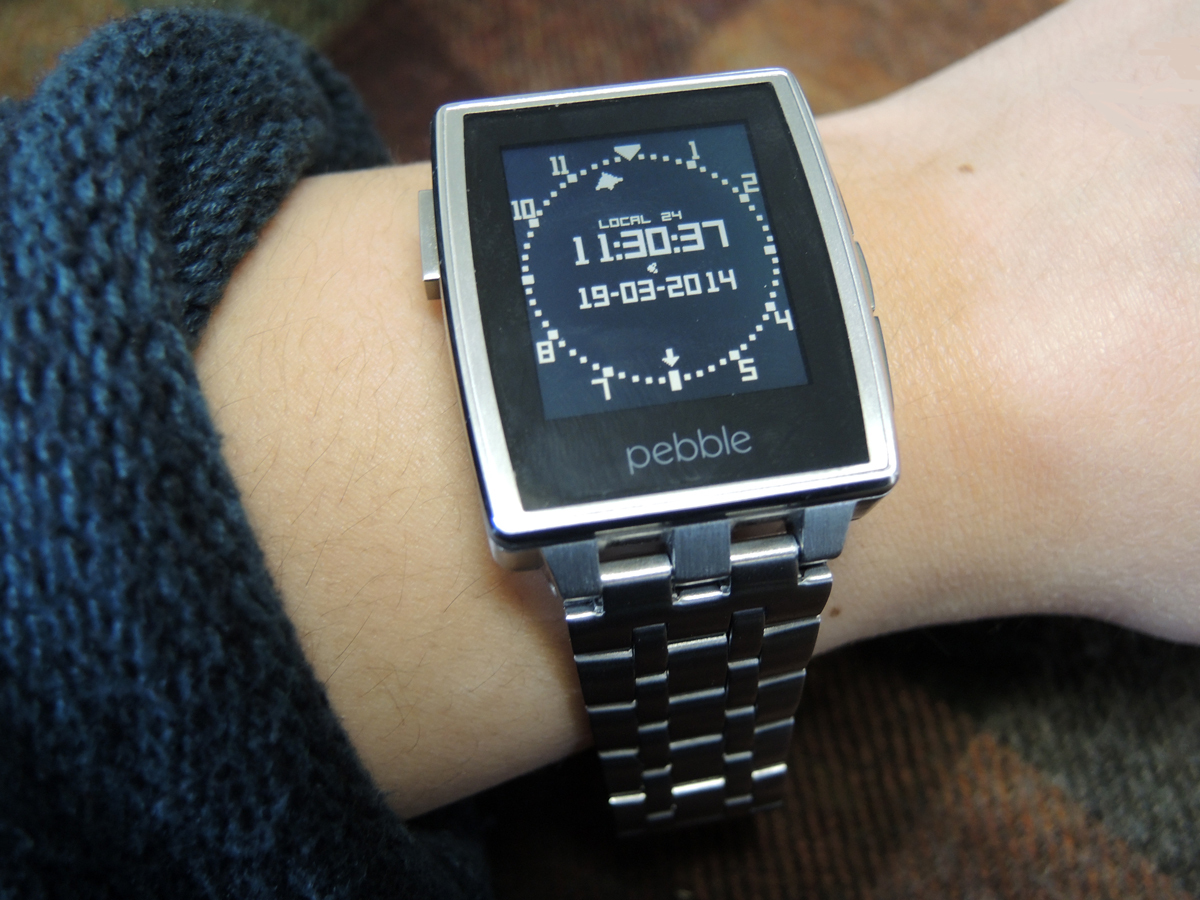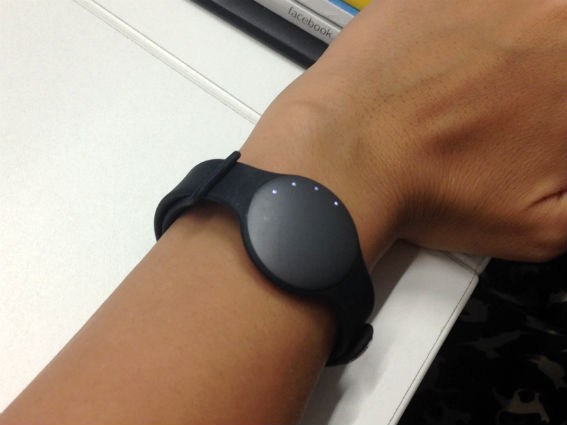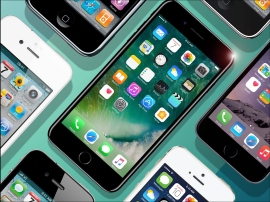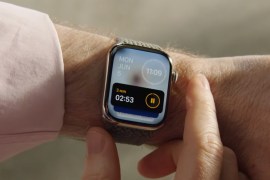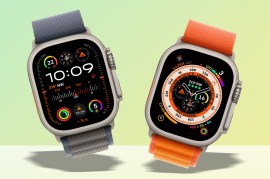To compete with Android Wear, Apple needs a little help from its friends
In wearables, one size does not fit all. Apple should embrace variety by becoming the analogue movement of the smartwatch era, argues Will Findlater
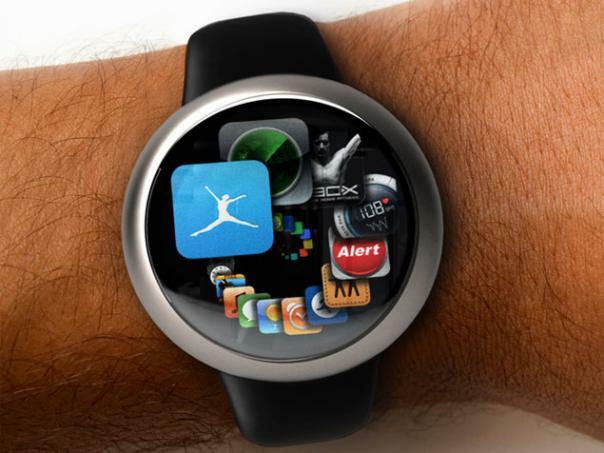
An important fact that gets lost in the whole smartwatch debate: watches are jewellery.
We wear them not because we need to these days (I tend to have around three alternative methods of time-telling wherever I go) but because we like the look of them, the weight of them on our wrists, the fact that a well made one is still a wonder of mechanical engineering (how does it keep on going without a battery or a wind? Magic!).
None of this should be neglected by the next wave of smartwatches. Pebble admitted that aesthetics are of core importance when it released the Steel back at CES. Fitness upstart Misfit takes the same view, which is why the Shine looks like a little flying saucer.
The trouble that each has, though – and a problem that will plague any single wearable device in its own closed ecosystem – is that every Pebble Steel looks the same, and every Misfit Shine is physically identical. Jewellery is an expression of individuality, and individuals don’t clad themselves in identical trinkets.
READ MORE: Pebble Steel review
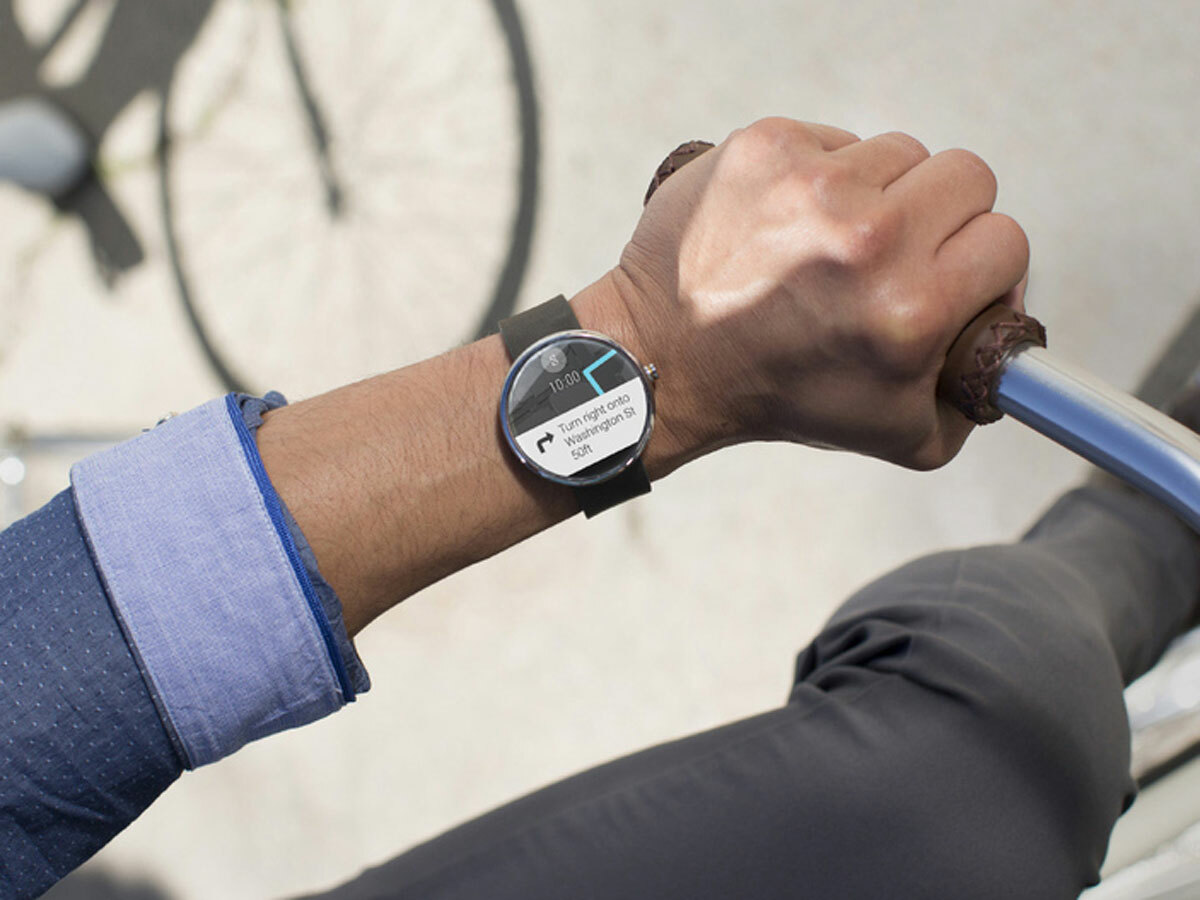
That’s why Google is doing the right thing with Android Wear. It’s working with a diverse roster of partners to bring a variety of devices to market all running the platform, and the first set – the LG G Watch and Moto 360 – were almost certainly selected to showcase the variety of form factors that Wear will run on.
You’ll be able to buy a round one, a square one, a Samsung one or an Asus one. Or, indeed, a Fossil one – and Google’s David Singleton is at pains to point out that fashion and style are a key part of Google’s smartwatch strategy.
This spells trouble for Apple.
READ MORE: 8 things you need to know about Android Wear
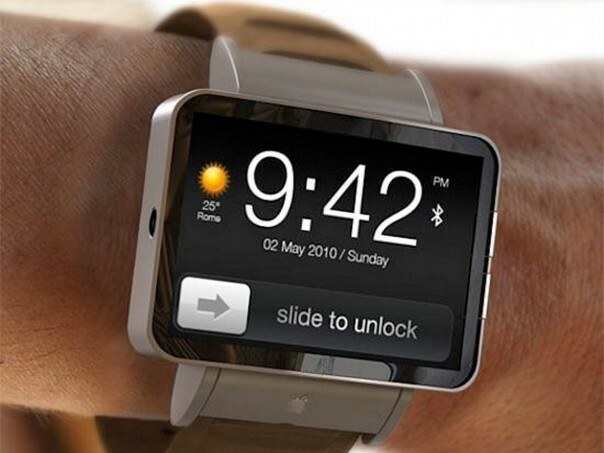
Apple has always been a closed book. It keeps vice-like control of the hardware and the software development sides of its business, and has achieved runaway success with this approach. There has been no iOS-running Nokia, no Mac OS X-running laptop (aside from those build by keen hackers). Steve Jobs killed the clone licensing of Macs as one of his first acts when he returned to the ailing company in 1997.
But this approach won’t work with watches. Apple could create the most beautiful piece of wearable tech in history (and let’s face it, it probably will), along with the most intuitive smartwatch OS (yep, that too), but neither will guarantee its success. Because watches are jewellery.
Apple has already experienced what I’m grasping at with the iPhone backlash that haunts tech sites and forums across the web. It’s more to do with the iPhone’s ubiquity than it is quality or value – but in wearables, the pattern will be concentrated, because the smartwatch you wear will be a more obvious expression of your individuality than the smartphone in your pocket.
A few face designs, straps and colours won’t cut it: Apple needs variety, it needs customisation – it needs partners.
iWatch as the modern mechanical movement

You could counter that observations of analogue watch trends are irrelevant in the face of a burgeoning and rapidly churning smartwatch market, one that will be closer to smartphones in its behaviour than it is jewellery. That doesn’t ring true for me, and nor I think would it for cleverer people such as Genevieve Bell, Intel’s anthropologist.
At CES this year, Bell told me that most current wearables are "terribly literal" and "not conveying symbolic meaning. But all the things we put on our body do symbolic work." Watches don’t only say ‘time is of utmost importance to me’, and smartwatches won’t simply mean ‘I can’t get enough notifications to my wrist.’ They convey our affinity with ’70s design, our desire to be like James Bond, our love of the Cylons out of Battlestar Galactica.
This is why Bell thinks bringing the fashion industry into wearables is the logical next step – and why Intel is partnering with the likes of Barneys, Opening Ceremony and The Council of Fashion Designers of America on wearable devices.
So here’s an idea. Turn the iWatch from the single design(s) of our imaginations into a platform, much like Android Wear, but with strict hardware guidelines similar to those Windows Phone 8 has. Specify the processor, RAM and storage it’ll need, the screen size and resolution, the interface, the battery and the type and location of its charging mechanism. Perhaps even provide all the technology that’s necessary to make it work, and then partner with brands that have a proven history in wristwear – Tag-Heuer, Rolex, Casio or whoever else will do the job right.
The iWatch could become the ‘movement’ within a vast array of watch case designs. (This is already a model that works for Swiss company ETA, which provides mechanical movements to Tag-Heuer, Breitling, Ball, Omega and more.)
Better still, make the movement replaceable, so that a stainless steel and sapphire crystal-clad IWC can be upgraded every couple of years as the silicon inside it ages. That way you get to have an amazing piece of technology while wearing a watch that’s still an heirloom and a timeless object.
Who knows, it might just work. There are hurdles – you’d need to get the watch manufacturers to buy into the whole idea in the first place – but if anyone can do it, Apple can. Perhaps it’s time to make some new friends.
READ MORE: Apple iWatch preview
Image credit: Ian Freimuth
